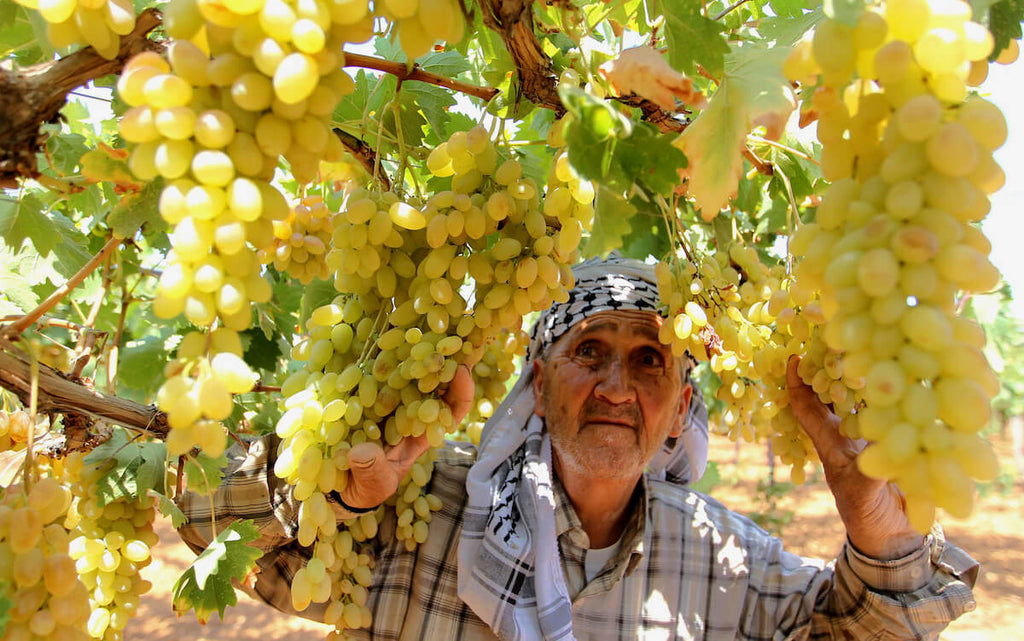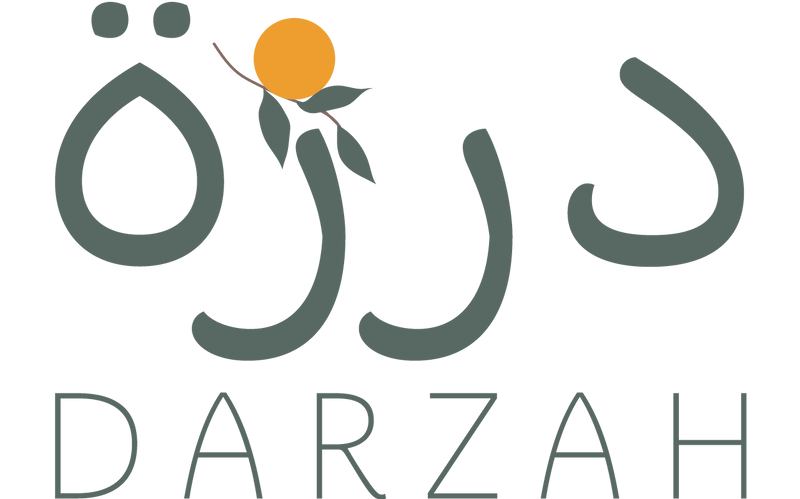The Enab/Grape Harvest Season

August in Palestine is a time of both celebration and labour, as it heralds the grape harvest season. For Palestinians, grapes are not just a fruit; they are a symbol of heritage, tradition, and connection to the land. Families have tended to their vineyards for generations, passing down not just agricultural techniques but also a deep love and respect for the land. These vineyards are more than just fields of grapevines; they are living testaments to Palestinian cultural heritage, continuity, and resilience.


Palestine is home to a diverse range of grape varieties, each with its own unique flavor, use, and significance. The following grape types are among the most cherished:
- Hamdani: Renowned for its sweet and slightly tangy flavour, Hamdani grapes are often enjoyed fresh and are also used in traditional Palestinian dishes and desserts.
- Shami: Known for their pleasant taste and texture, these grapes are perfect for fresh consumption.
- Dabouki: A popular white grape variety in Palestine, Dabouki is consumed fresh and is also used to make juices and wines.
- Beituni: With a rich flavour, Beituni grapes are essential in Palestinian winemaking but are also enjoyed fresh.
- Halawani: Sweet and delicious, Halawani grapes are often eaten fresh or used in desserts.
- Baladi: Known as the "local" grape, Baladi is versatile, used for fresh consumption, raisins, and winemaking.
- Jandali: A white grape variety prized for its delicate flavor, Jandali is primarily used in local wines.
- Zeinab (Zeini): Large, sweet, and juicy, Zeinab grapes are perfect for fresh eating or juice making.
These grape varieties are not just agricultural products; they are integral to the Palestinian way of life, playing a crucial role in both local cuisine and culture. Among the most beloved dishes made from grapes is Warak Enab (ورق عنب) - Palestinian Grape Rolls. This traditional dish, made from grape leaves stuffed with a savory blend of rice, ground meat, onions, tomatoes, olive oil, lemon juice, and spices, is a symbol of Palestinian hospitality, cultural pride, and familial bonds.
Tatreez and Ernab Motif
Tatreez, the ancient art of Palestinian embroidery, beautifully reflects the deep cultural connection to the land. Among the many motifs used in tatreez, the Enab (Grapes) motif stands out as a symbol of Palestinian agricultural heritage. The motif features stylized clusters of grapes, often depicted in a geometric form, with traditional colours of green for the leaves and purple or blue for the grapes. Over time, artisans have introduced a variety of colours, enhancing the visual appeal and contemporary relevance of this ancient design.
The Enab motif has ancient roots, with evidence of grape cultivation and winemaking in Palestine dating back thousands of years. The motif is more than just a decorative pattern; it represents the enduring relationship between the Palestinian people and their land. At Darzah, our skilled artisans use traditional cross-stitch techniques, sometimes incorporating additional stitches like manajel (connecting stitch) or tashreem (patchwork stitch), to bring this motif to life. Each piece is handcrafted with care, preserving the cultural heritage of Palestine and connecting today’s generation with their ancestors.
By incorporating the Enab motif into our products, we at Darzah are not just celebrating a beautiful design but also supporting the resilience, identity, and livelihoods of Palestinian women artisans. Each purchase helps sustain this tradition, allowing it to thrive and continue being a powerful symbol of Palestinian culture. The Enab motif is a rich tapestry of history, identity, and pride, stitched with love by artisans who embody the strength and spirit of their heritage.








